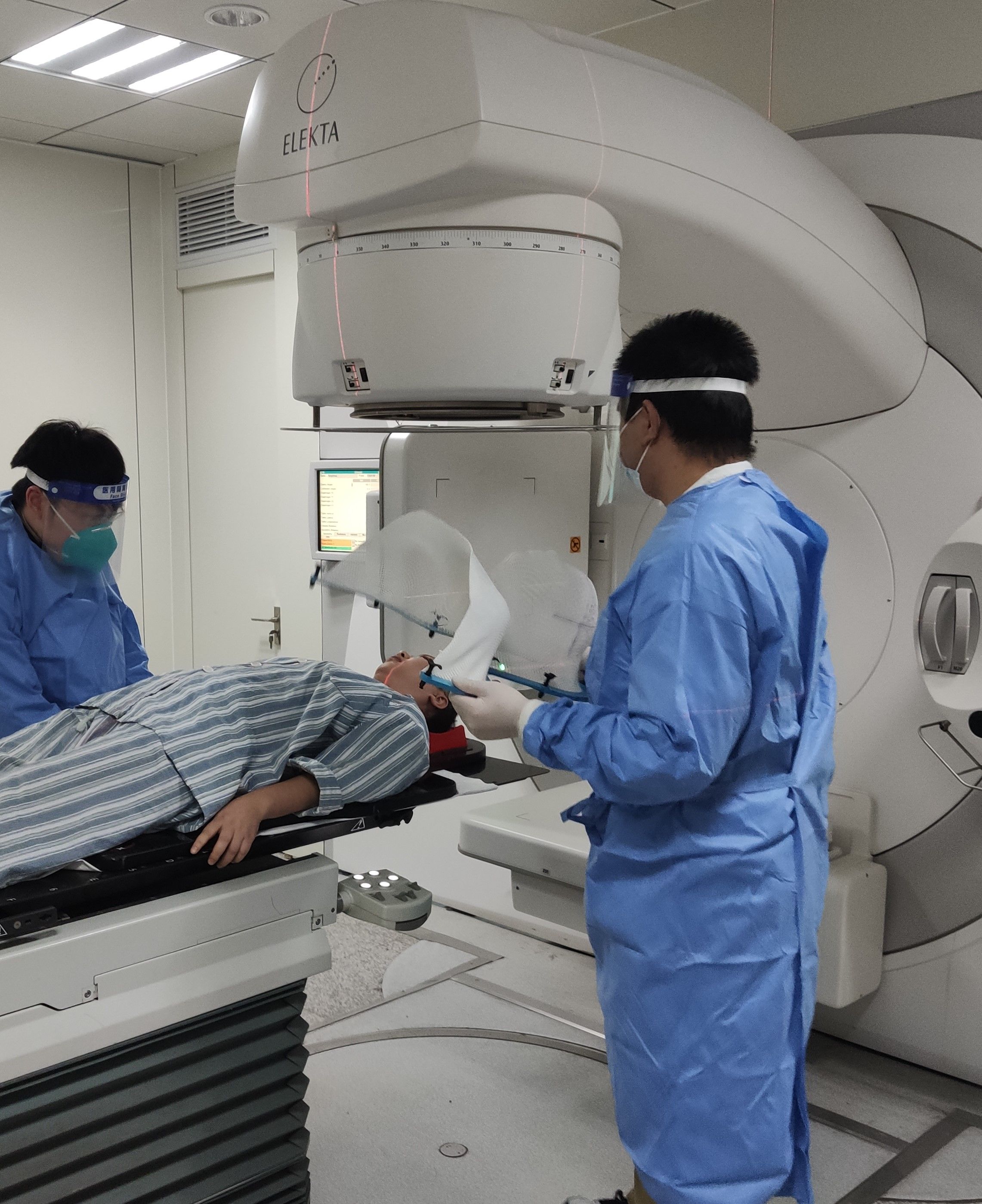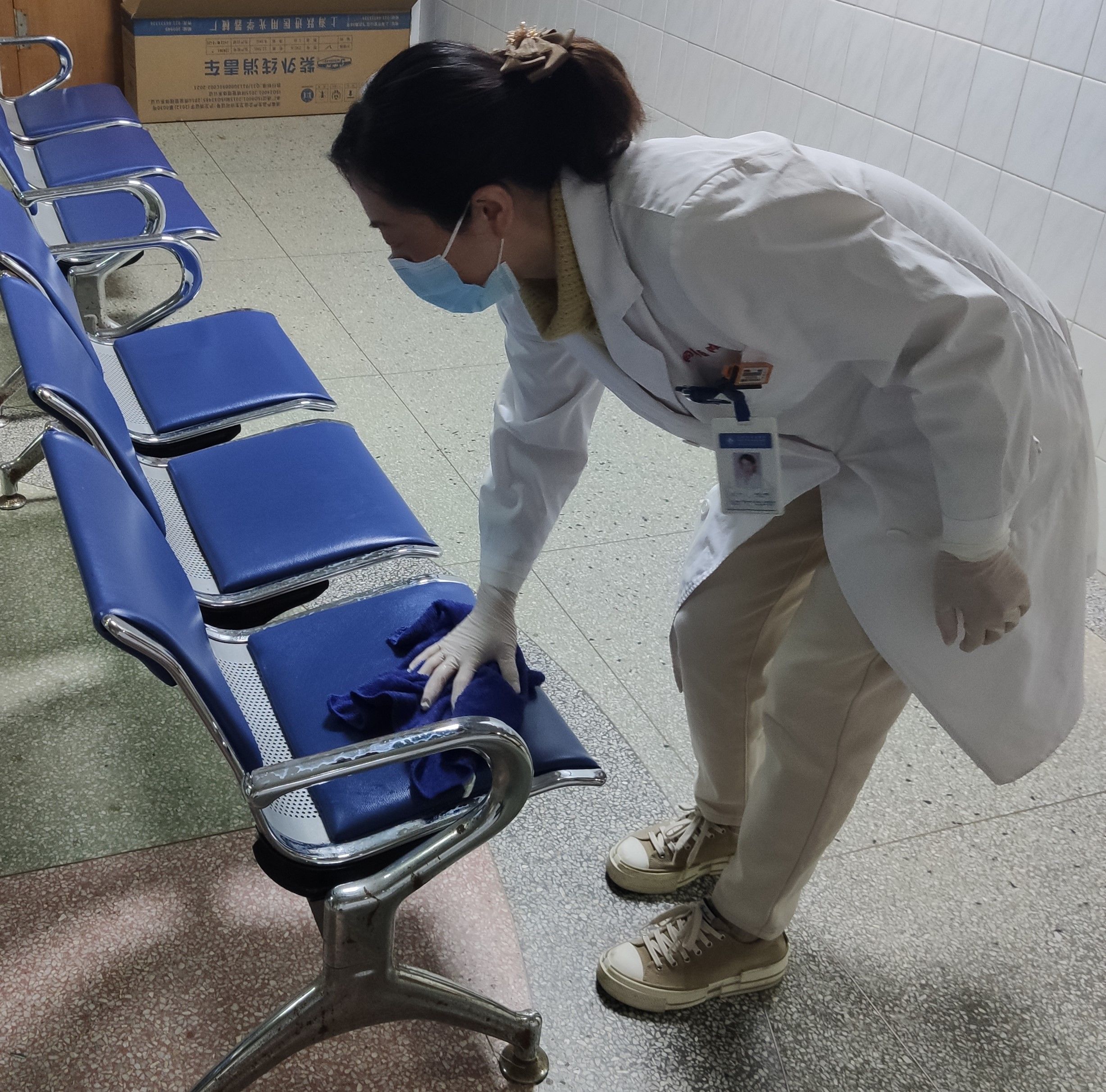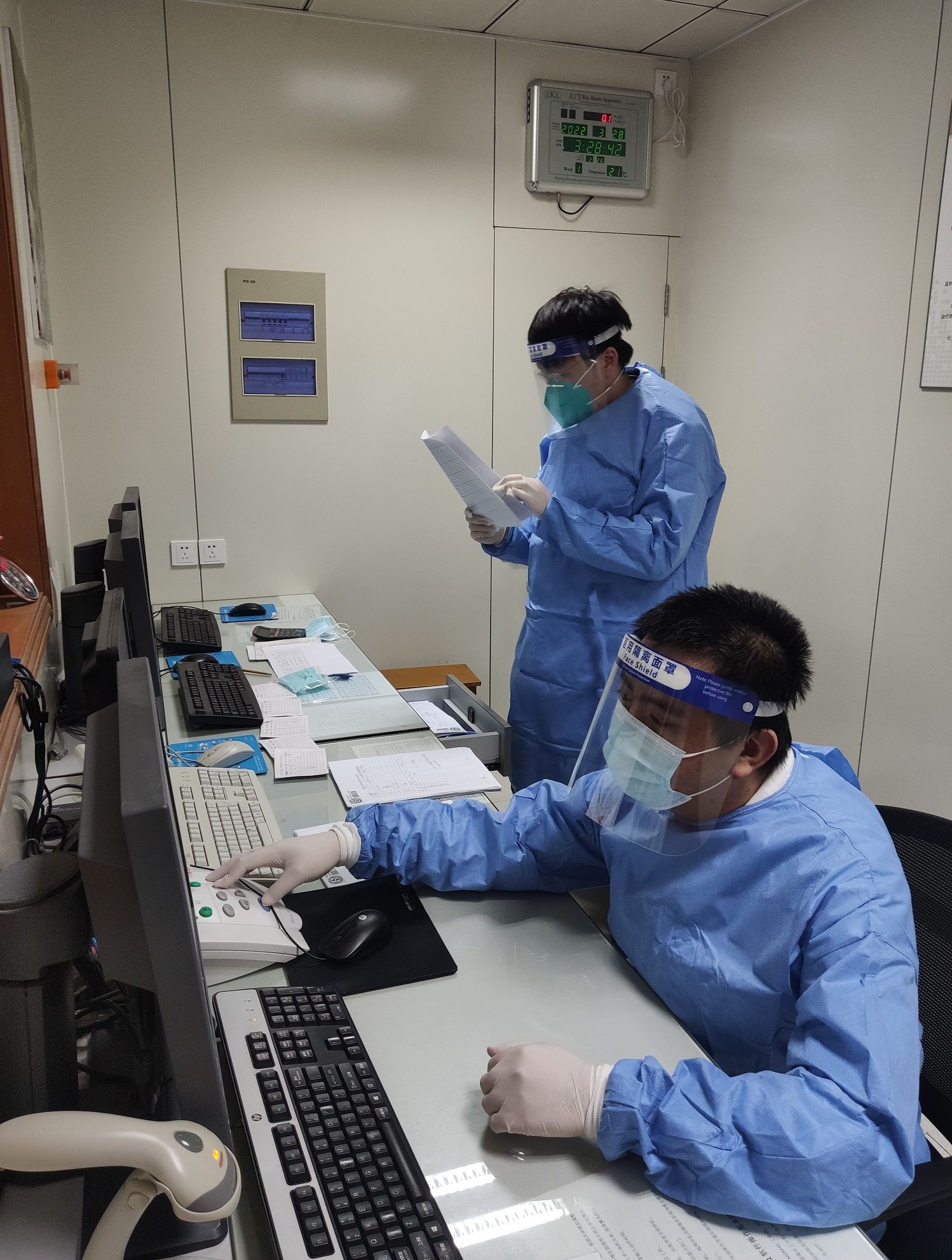
The epidemic is raging. Although the battle against the “epidemic” cannot be delayed, the daily medical treatment work cannot be stopped.
The treatment of tumor patients needs to be continuous, otherwise the curative effect will be greatly affected. To this end, all the members of the Radiotherapy Department of Tongji Hospital Affiliated to Tongji University took action to overcome the difficulty of their own manpower shortage and go all out to ensure that patients can receive safe, orderly and uninterrupted treatment.
At the beginning of the epidemic, the Department of Radiotherapy of Tongji University, under the leadership of the director, quickly established a WeChat group for patients under treatment and follow-up patients, released the latest announcements to patients in a timely manner, and received various medical consultations from patients.
Some patients’ communities were closed and controlled. While calming the patients’ emotions, the department actively contacted the local neighborhood committee and the medical office to coordinate the efforts of all parties, and finally allowed them to resume treatment as soon as possible.
The family members of some patients are blocked, and they need to inform and sign the condition before treatment. Doctors also use the Internet to conduct cloud conversations and transmit medical history data to ensure that treatment can be started in time.
Outpatients need a 24-hour nucleic acid negative certificate during radiotherapy, and there are many people queuing at the out-of-hospital testing sites. To facilitate these patients, the Radiotherapy Department took the initiative to contact various departments in the hospital and quickly established a green channel for in-hospital testing. .
As there is only one treatment room in the radiotherapy department, it is a major challenge to ensure the treatment of patients with different risk levels during the epidemic.
Under the guidance of the hospital medical department and the hospital sense department, the director of the department took the lead and the core team of the department discussed and jointly worked out a three-period three-level risk elimination plan.

The scheme divides patients into three categories – low-risk inpatients, low-risk outpatients and patients in the control area. Treatments are performed one by one according to the level of risk every day, and doctors and technicians strictly abide by the guidelines for epidemic prevention and control.
At the end of each treatment period, a special person will be arranged to sterilize the patient mold, treatment bed board, operation switch and table seat.
Although the workload is heavy and the working hours are extended a lot, for the safety of the patients and the normal operation of the department, the doctors and nurses in the radiotherapy department do not dare to be negligent at all, and everything is carried out in a serious and orderly manner.
Since March, the number of patients in the radiotherapy department has increased rather than decreased, reaching the highest level in history. Medical staff often need to work overtime until late to complete various medical tasks in time.

It is reported that a considerable proportion of patients admitted to the Radiotherapy Department of Tongji Hospital are advanced tumors. Due to the closure and management of the ward, the family members of the patients are often not around. At this time, young and strong technicians in the radiotherapy department take the initiative to assist the patients, or help the patients push wheelchairs, flat beds, or carry the patients on and off the treatment bed.
Sometimes, patients need to take off their coats in order to fix the molds during positioning and treatment. Doctors and nurses also take the initiative to help patients with inconvenient hands and feet. During this special period of the epidemic, doctors and patients have become another meaning. family.
Author: Li Chenyan
Editor: Li Chenyan
p>
Responsible editor: Fan Liping
*Wenhui’s exclusive manuscript, please indicate the source for reprinting.